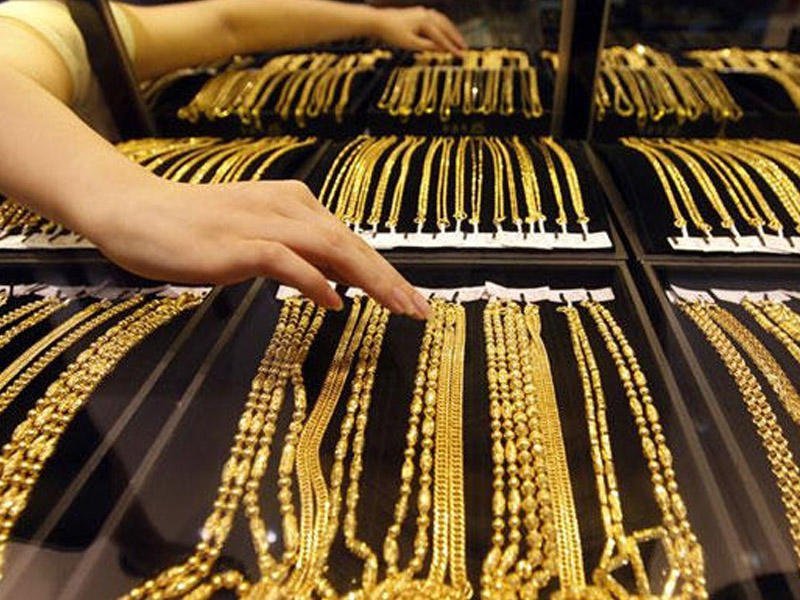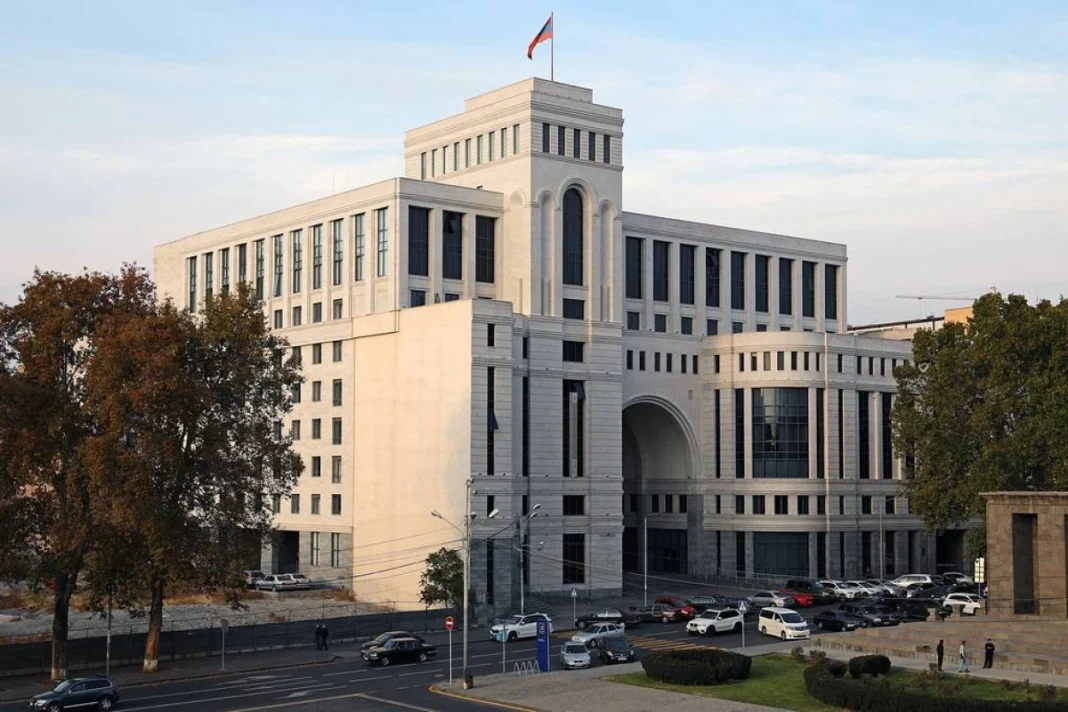As the month of Muharram begins in Azerbaijan, the country’s jewelry market is experiencing its usual seasonal slowdown — with a sharp drop in demand for gold and precious items due to the cultural pause in wedding celebrations.
Speaking to Trend, Rovshan Amirjanov, Chair of the Technical Committee on Precious Metals and Vice Chair of the Azerbaijan Jewelers Association, explained that while local demand for gold jewelry falls during this period, global market forces — not religious observances — determine gold pricing.
“Gold prices are shaped by macroeconomic factors such as global market movements, monetary policies of central banks, geopolitical risks, and investor behavior — especially between powers like the U.S. and China,” Əmircanov noted.
He added that while domestic events like Muharram reduce consumer activity, they do not drive price fluctuations.
“Prices remain largely stable. What we see is not a drop in value, but a temporary decline in purchasing — a 50–60% reduction in demand, mostly in retail activity.”
Weddings Drive Jewelry Sales — and Muharram Halts Them
According to Əmircanov, gold jewelry in Azerbaijan is closely tied to wedding and engagement traditions. Items like bridal sets, bangles, rings, earrings, and necklaces are staple purchases during these events.
Because Muharram is a month of mourning in Islamic tradition, many families refrain from holding celebrations — directly impacting sales:
“Jewelry purchases plummet during this time. Retailers and wholesalers experience a slowdown in orders and inventory turnover, but prices stay steady as global trends dictate pricing, not local demand.”
Muharram’s Economic Impact: A Cultural Pause with Measurable Effects
Though rooted in religious and cultural observance, the economic impact of Muharram on the jewelry sector is tangible and significant.
“Business activity contracts across the supply chain — from retail counters to wholesalers and manufacturers,” said AmirJanov. “Yet this isn’t due to market instability or lack of capital — it’s due to delayed buying behavior.”
Interestingly, despite the drop in sales, retailers generally don’t slash prices to compensate. Instead, many businesses use this time for inventory reviews, forecasting, and strategy planning.
Conclusion: A Culturally Driven Slowdown in a Globally Priced Market
“The Azerbaijani jewelry market is influenced not only by international financial trends but also by local cultural rhythms,” AmirJanov concluded. “Muharram stands out as the most pronounced seasonal dip. While sales decline, pricing stays intact — reinforcing the fact that gold valuation is tied to global markets, not temporary domestic trends.”
He advised sector stakeholders to prepare strategically for such lulls, using them as periods for market analysis and internal optimization.




